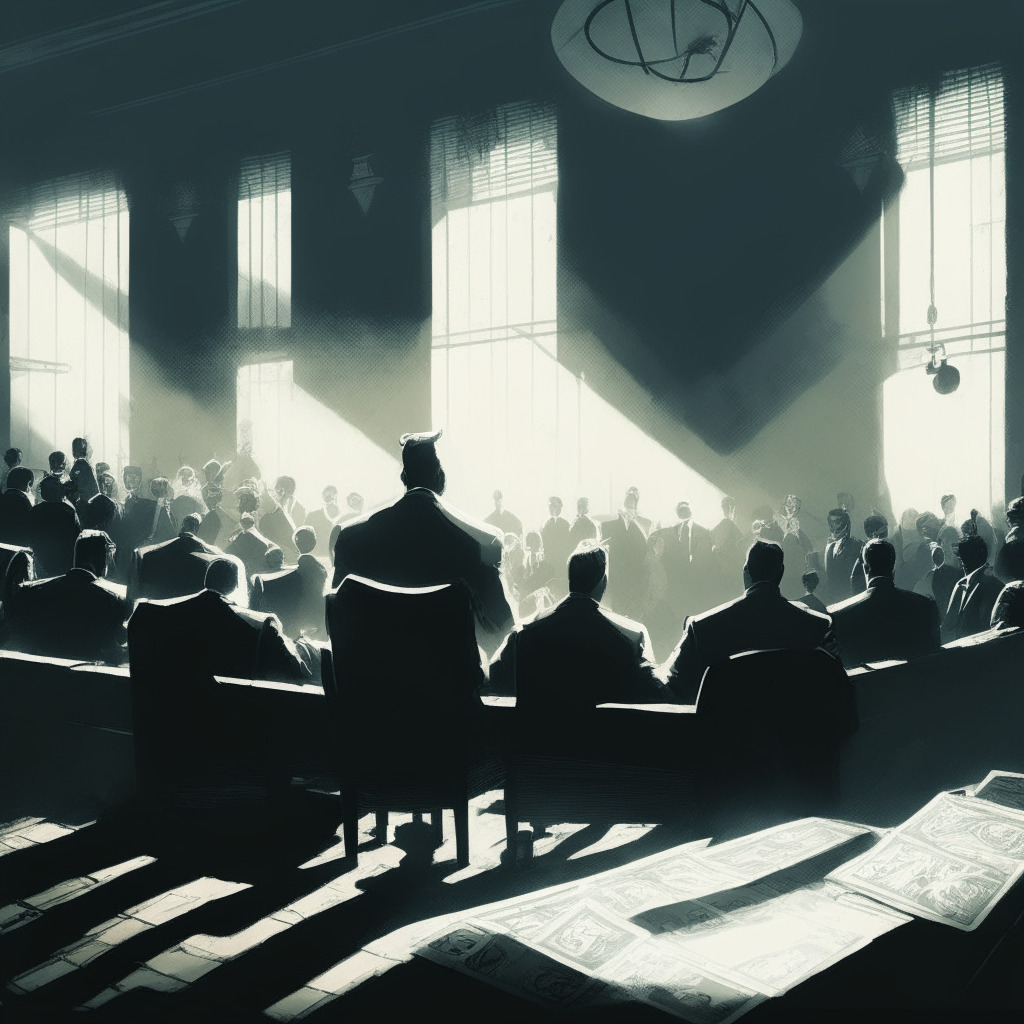Recently, questions arose surrounding the bankruptcy proceedings of crypto lender, BlockFi, when the company prematurely posted a wind-down plan on May 13 – which has since been withdrawn due to the lack of approval from a U.S. bankruptcy court. According to court filings, an emergency order was issued on May 18 by New Jersey Bankruptcy Court’s Judge Michael B. Kaplan, requiring the estate to issue a “corrective letter” to clarify the posted documents’ validity.
The aforementioned documents, now withdrawn, suggested that in order to recover funds for creditors, the $1 billion in claims against commercial counterparts – including collapsed crypto exchange FTX and its trading arm Alameda – would be the largest contributor. “The purpose of the disclosure statement is to provide clients with the information that they need to make an informed decision about whether to vote to accept our plan,” BlockFi tweeted at the time.
BlockFi’s bankruptcy battle has been rife with tensions between the company and its creditors, who hold the firm’s poor management and restructuring plans responsible for its downfall. As recent as May 15, these accusations continued to surface.
Following a court order, BlockFi posted a corrective letter on its official Twitter account, stating that the courts have not approved its proposed wind-down plan. This clarification highlights that soliciting acceptances of the plan remains unlawful. “A disclosure statement must be approved by the Court before any party may lawfully encourage you to accept or reject any plan of reorganization,” the letter explained.
Additionally, it seems that the restructuring plan faces opposition from BlockFi’s creditors and other relevant parties. According to the corrective letter, the Official Committee of Unsecured Creditors believes that the proposed plan would release litigation claims against the company’s current and former directors and officers, who have allegedly caused significant harm to the organization and its customers through their misconduct.
With a bankruptcy hearing set for June 20, the legacy of BlockFi’s ill-fated venture is to be determined. By examining the current controversy surrounding the company’s bankruptcy proceedings, we are reminded that it is essential to strike a delicate balance between ambitious innovation within the digital sphere and adherence to the legal and regulatory protocols that ultimately shape these emerging landscapes.
Source: Coindesk




